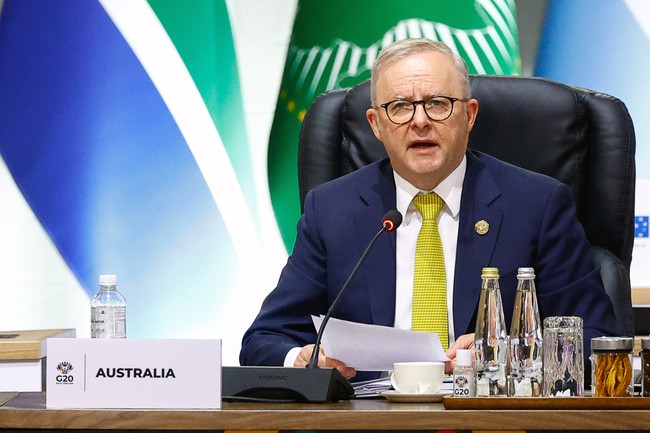Transportation Secretary Sean Duffy says the federal government is moving ahead with a $31.5 billion plan to modernize the nation’s air traffic control systems, aiming to complete the overhaul within the next four years, as reported by The New York Post.
Speaking on the “Pod Force One” podcast with host Miranda Devine, Duffy outlined the scope of the upgrades, which he said are urgently needed following the midair collision over the Potomac River in January — the first major U.S. passenger crash since 2009.
The January incident involved a government Black Hawk helicopter and an American Airlines passenger jet, killing 67 people.
Trump’s Sovereign Wealth Fund: What Could It Mean For Your Money?
While the official cause has not been released, experts have pointed to possible staffing issues and limited visibility from the helicopter pilots’ night-vision goggles as contributing factors.
Duffy noted that the crash came after 85 near-miss incidents had been recorded in the same airspace over the previous three years.
Congress approved $12.5 billion of the total funding last month, with the remaining costs to be addressed in future budget allocations. One major component of the upgrades will be replacing copper communication lines with fiber optic cables in air traffic control facilities.
Duffy said outdated copper wiring has already caused serious problems, including a 90-second blackout at Newark Liberty International Airport earlier this year that led to widespread flight delays and cancellations.
This Could Be the Most Important Video Gun Owners Watch All Year
The outage, later traced to a damaged copper wire, occurred shortly after control of Newark’s airspace was moved from New York to the Philadelphia Terminal Radar Approach Control (TRACON) facility under former Secretary Pete Buttigieg.
Duffy said the lines had not been tested before the transfer, leading to multiple short outages and requiring additional reboot time for radar scopes. Verizon has since installed new fiber optic lines at Newark, which Duffy said have been tested successfully.
The Department of Transportation plans to expand similar upgrades to other major airports across the country, along with enhancements to outdated radar systems.
Another key part of the modernization effort will be the deployment of a new software platform to replace the current system, which Duffy said dates back to 1995.
Describing the planned system as a “common automation platform,” Duffy said it will improve efficiency, safety, and the ability to manage increasingly complex airspace that now includes drones and other emerging technologies.
“We’re going to make it more efficient, make it safer, to control airspace,” Duffy said, adding that the improvements will be “leaps and bounds” beyond the current setup.
If all goes as planned, Duffy believes the new system could be in place within three to four years, significantly improving communications, coordination, and safety across U.S. airspace.
Full Episode:
The opinions expressed by contributors and/or content partners are their own and do not necessarily reflect the views of LifeZette. Contact us for guidelines on submitting your own commentary.
Read the full article here


![Transportation Secretary Duffy Announces $31.5 Billion Air Traffic Upgrade Planned After Deadly DC Midair Crash [WATCH] Transportation Secretary Duffy Announces $31.5 Billion Air Traffic Upgrade Planned After Deadly DC Midair Crash [WATCH]](https://www.rvmnews.com/wp-content/uploads/2024/11/2024.11.19-10.21-rvmnews-673c66b6d3d6d.jpg)




![CBS Pulls Planned ’60 Minutes’ Segment on Venezuelan Migrants Sent to El Salvador Prison [WATCH] CBS Pulls Planned ’60 Minutes’ Segment on Venezuelan Migrants Sent to El Salvador Prison [WATCH]](https://www.lifezette.com/wp-content/uploads/2024/10/2024.10.14-07.30-lifezette-670d7148bff85.jpg)




![Rep Byron Donalds Calls for Mission Focus Following Recent GOP Losses [WATCH] Rep Byron Donalds Calls for Mission Focus Following Recent GOP Losses [WATCH]](https://www.rvmnews.com/wp-content/uploads/2024/10/2024.10.24-05.52-rvmnews-671a89469985b.jpg)